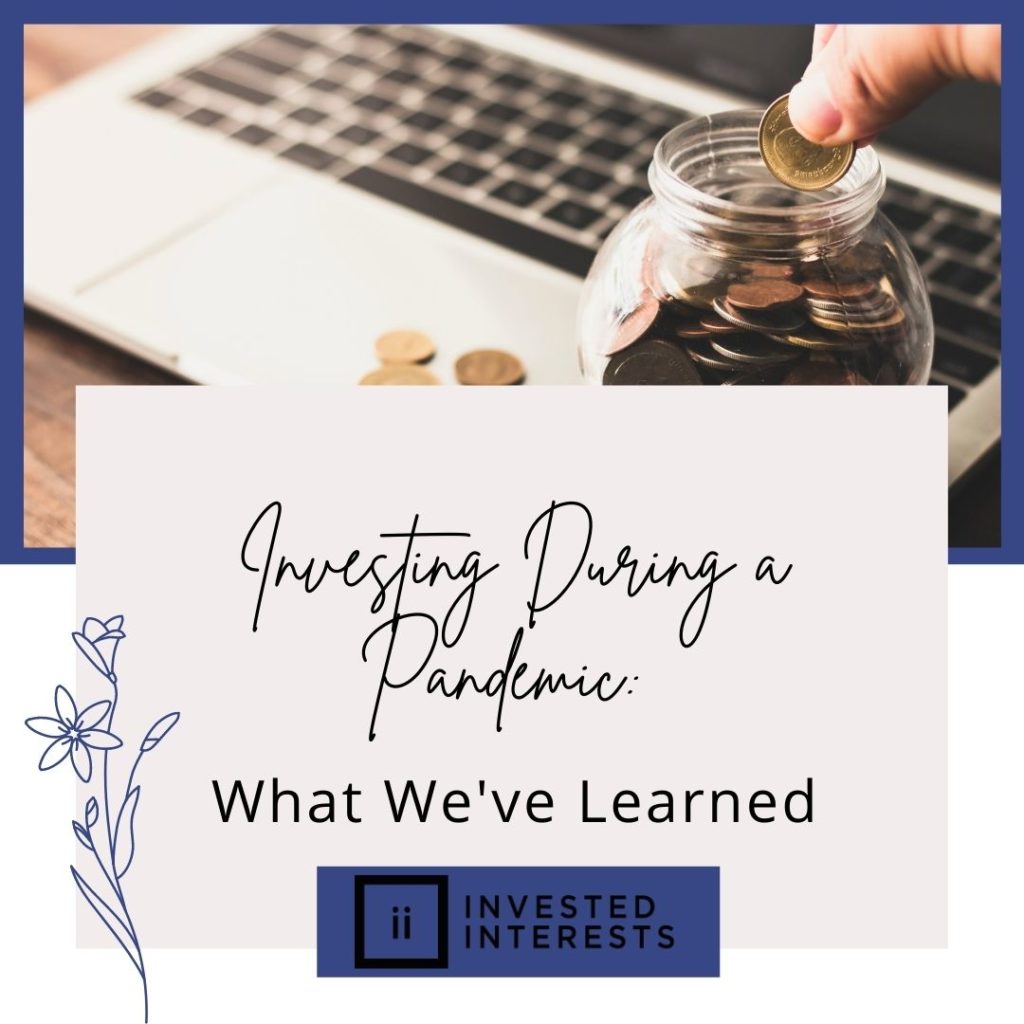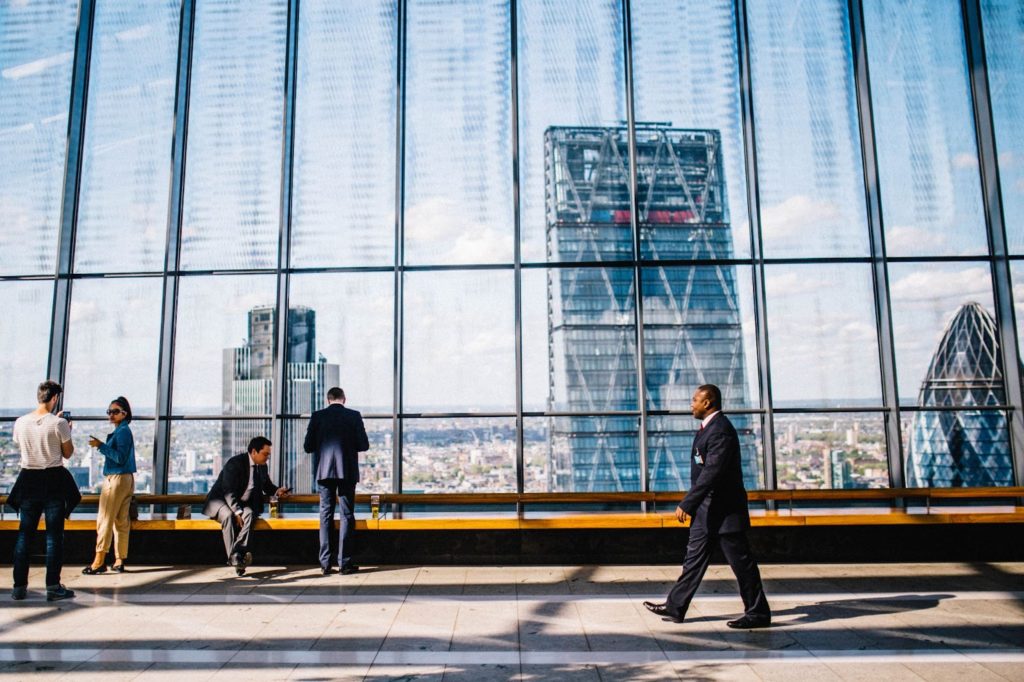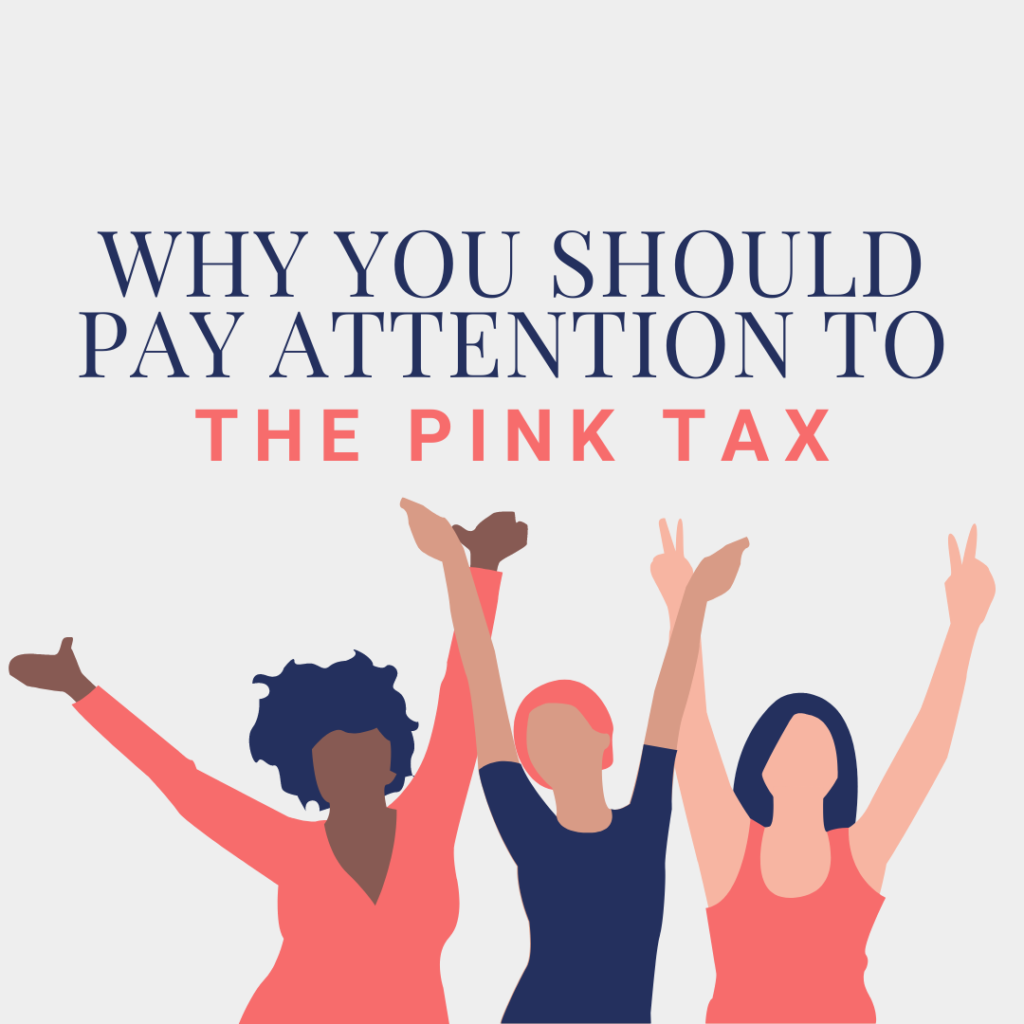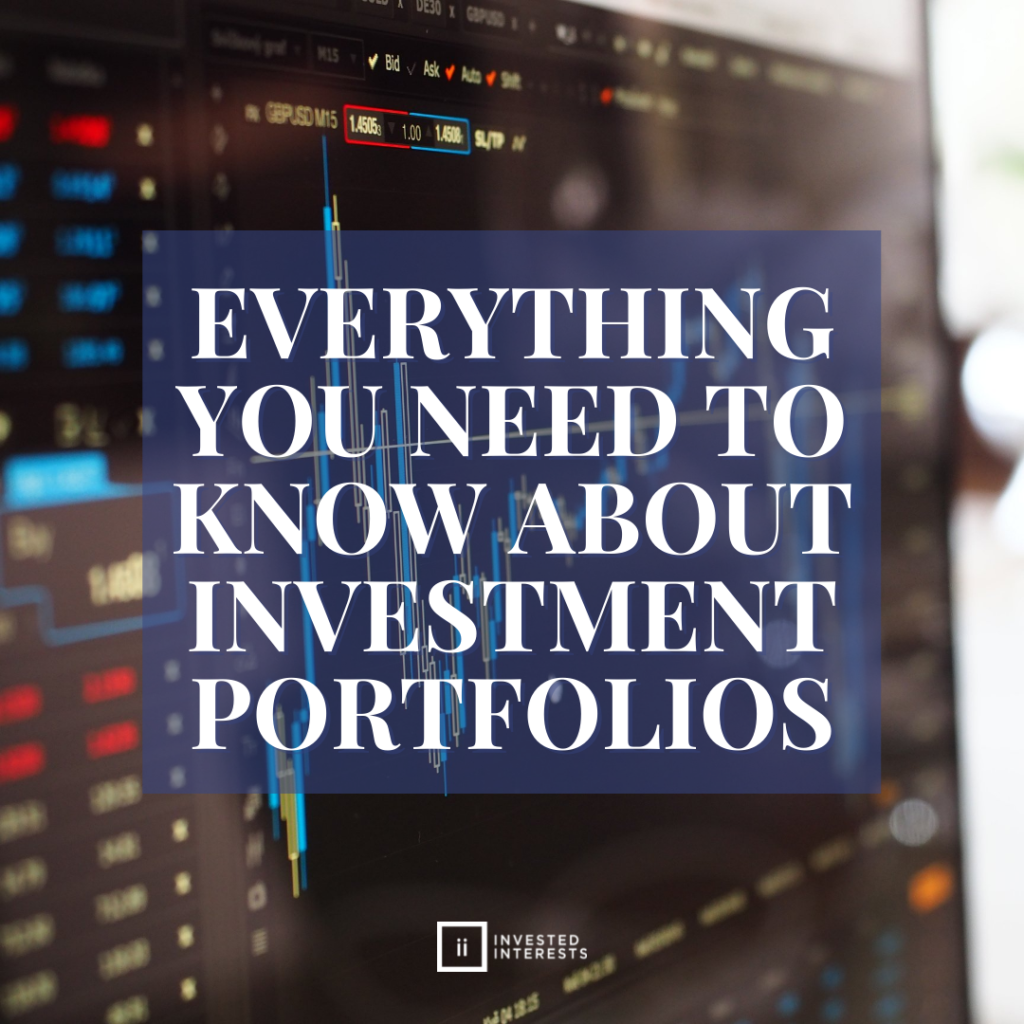Throughout the pandemic, we’ve collectively faced financial strain and hardship. The lessons we take away from this experience should be reflective of community experiences, not individual ones. Here are some of the “investing during a pandemic” lessons we’re thinking about as the United States reopens.
For most people, financial planning is not an individual activity
When sitting down to write out a budget, most people are considering needs outside your own. Maybe you have children to support, an elderly parent or grandparent to take care of, or a family member or friend who needs some help. For many, the pandemic has highlighted these relationships and placed undue financial strain on workers.
Affordable Housing Needs to be a Right, Not a Privilege
With the financial hardships of the pandemic, staying caught up on rent has been a struggle for many households. Families have been forced to cut back on food and other necessities in order to pay rent. Especially in a pandemic where we need to limit social interactions to slow the spread of the virus, access to stable housing is a necessity.

According to The Eviction Lab, landlords have filed for 437,278 evictions during the pandemic. 437,278 households have had to navigate the life-threatening circumstances of eviction in a pandemic, and have been displaced and disconnected from their community. And, for every eviction, there are more who move out before they miss a payment, who cut back on food and medicine to make rent, who take up informal housing arrangements that exist outside the traditional landlord-tenant relationship.
This is unacceptable. Housing is a human right and needs to be viewed as one in our legislation. There is no personal finance lesson here about how to budget better. What we’re seeing is a catastrophic failure of our government to support the most vulnerable people.
Government Bailouts Prioritize Corporations Over People
The U.S. spent $4 trillion on a COVID-19 bailout. $2.3 trillion went to businesses, which in many cases were not required to show they were impacted by the pandemic or keep workers employed. $884 billion, or roughly one-fifth of the relief money, went to families and workers. And, only $250 billion went to health efforts, including payments to hospitals and increased Medicaid funding.
As the last two points made clear, the government has not done enough to prioritize the health and wellbeing of its people during a global pandemic. We’ve consistently seen government leaders press for economic reopenings at the expense of the people.
Mutual Aid is Not a Replacement for Stronger Social Services
Throughout the pandemic, communities have come together to support one another. Mutual aid, acts of solidarity to build sustained networks between neighbors, has become increasingly popular. Community members are pooling resources to ensure everyone has groceries, working A/C in the summer, and more.
And, while these mutual aid networks have been life-saving throughout the pandemic, they are not a replacement for stronger social services. We still need universal healthcare, affordable housing, a living wage, and so much more. Our economic system should support and sustain communities where everyone’s needs are met.
Investing After a Pandemic – What’s Next?
With vaccines being distributed and businesses reopening, it can feel like life is returning to normal. But, as we reflect on the challenges of the past year, we also need to be aware of how normal wasn’t working. Before the pandemic, it was normal for workers to commute up to two hours to be in the office. Now, we’re embracing telecommuting and working from home.
How can the financial lessons we’ve learned inform our “new normal?”
Financial Health After the Pandemic
As reported in the Harvard Business Review layoffs disproportionately affect women and minorities. Why? Because companies tend to make cuts to roles that women and minorities usually have, they usually see these roles as expendable, functions that are important but usually not seen as the core of the business.
Women and minorities also have less cushion to absorb on downturns. According to the 2018 U.S. census data, women are 36% more likely to be poor than men! Women also take more responsibility for childcare and eldercare, which makes the logistics of returning to their job, post crises, all the more difficult.
The most at-risk sectors in this downturn are accommodation, food services, retail, manufacturing, and administrative services – industries that have higher than average employment among minorities and women. Women are on the front lines of this pandemic due to their higher employment rates in at-risk occupations like nursing, flight crew, and teachers.
Physical Health After the Pandemic
African Americans in the U.S are currently accounting for higher rates of hospital visits and mortality related to COVID-19. One of the reasons put forth has been that African Americans are a disproportionately higher percentage of the prison population and that the risk of contracting COVID-19 is much higher in prison.
Domestic Violence and Community After the Pandemic
Women that have been or are currently victims of domestic abuse are being confined to their homes with their abusive partners during the COVID-19 pandemic. Add to this the overall anxiety of lost employment and uncertain health, too many women are finding themselves in dangerous situations.
What You Can do to Help — or Get Help
You can also sign a petition for the Paycheck Fairness Act. Paid discrimination is a problem that we face on a daily basis that needs to be addressed, and why not now?
The Families First Coronavirus Response Act expands some Medicaid provisions and sick leave provisions and may help you even if you weren’t qualified before.
If you want to help and can afford to, consider donating. A few places to start are the Sylvia Rivera Law Project, the One Fair Wage Emergency Fund.
If you are or know someone that is in a Violent Domestic Relationship and need help, visit the National Domestic Violence Hotline.
Remember, you’re not alone. We’re in this together.

What Is the World Like Now Versus Before the Pandemic?
It would be foolish to pretend that the world is the same as it was 2 years ago. We are simultaneously dealing with a pandemic/health crisis and a potential financial crisis. One of these issues alone would create challenges but dealing with both at the same time creates an added level of complexity. To make matters worse, it is very difficult to gauge what effect COVID-19 will have on the overall economy over the short and medium-term. All of these crosscurrents are creating extreme volatility and uncertainty in the markets.
What are Policymakers Doing About the Financial Impact?
The Fed cut interest rates to 0% and launched a plan to buy $700 billion in US Treasury bonds and mortgage-backed securities. This buying program is called quantitative easing, and it’s intended to add money directly into the economy. How? Interest rates affect the cost of borrowing and savings rates. When interest rates are cut, the cost of borrowing goes down — mortgages, credit card borrowing, and auto loans become less expensive. At the same time, the benefits of saving go down, because the interest earned on savings accounts and certificates of deposit (CDs) is lower. Both of these effects create an environment where people are motivated to spend/invest more and save less.
Should I Invest During a Pandemic?
For a brief moment, let us be your expert reminder on how to handle anxiety regarding your investments. If you had invested in the stock market from 1998-2018, your investment would have tripled. If you had missed the best 10 days you would have had half as much and if you had missed the best 20 days you would have LOST money! And many of the best days happen immediately after the worst days. Don’t panic, you are invested for the long term and doing it the right way. Our commitment to you is that we will continue to work to create value for you in this unique environment.
If you have any questions about your investments, the current market situation, or want to start investing? Reach out to us @ https://investedinterests.com/contact-us/





